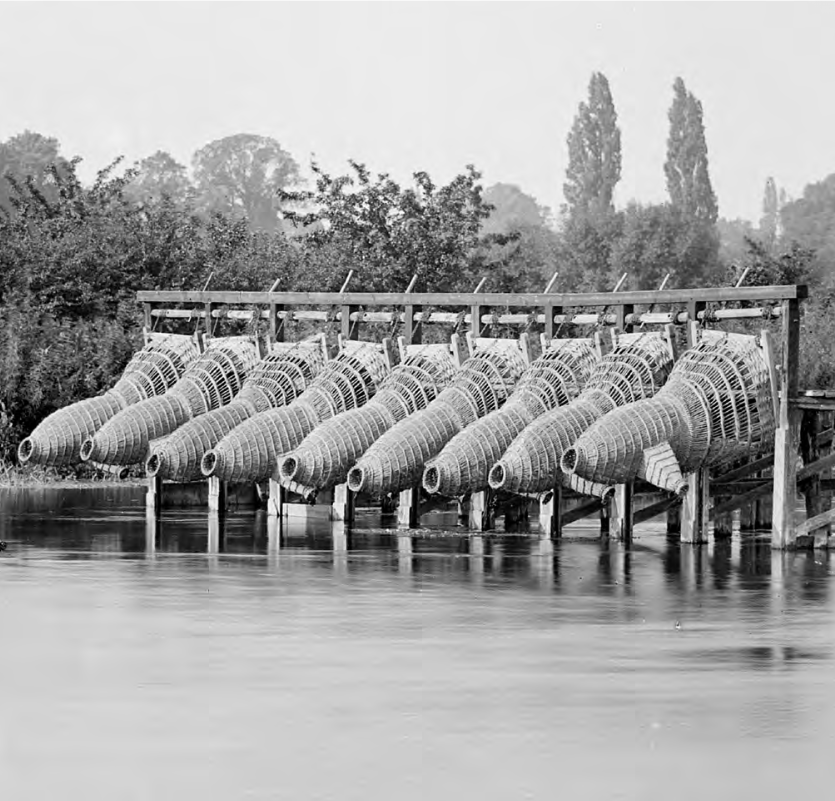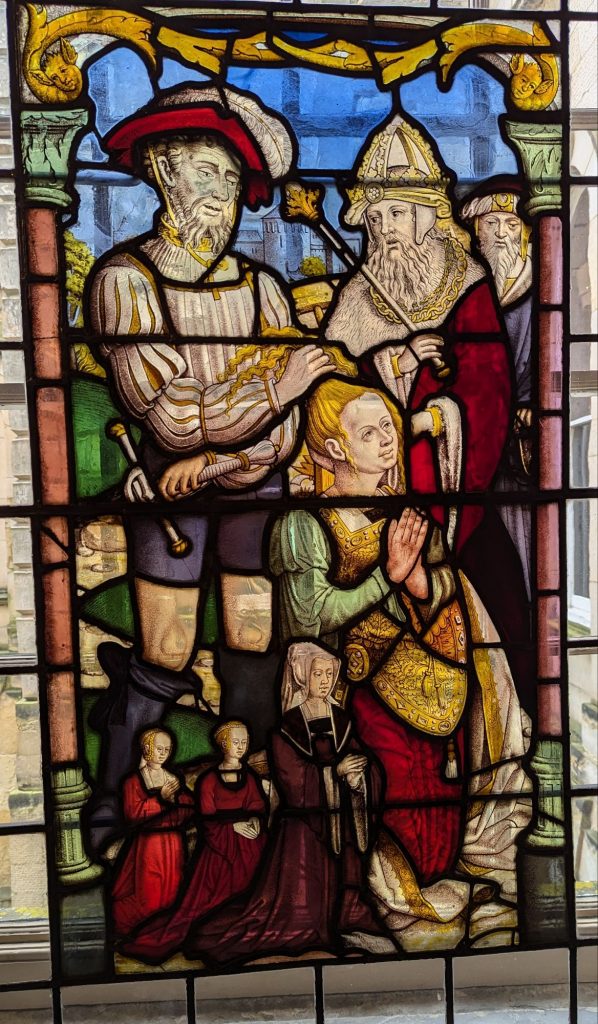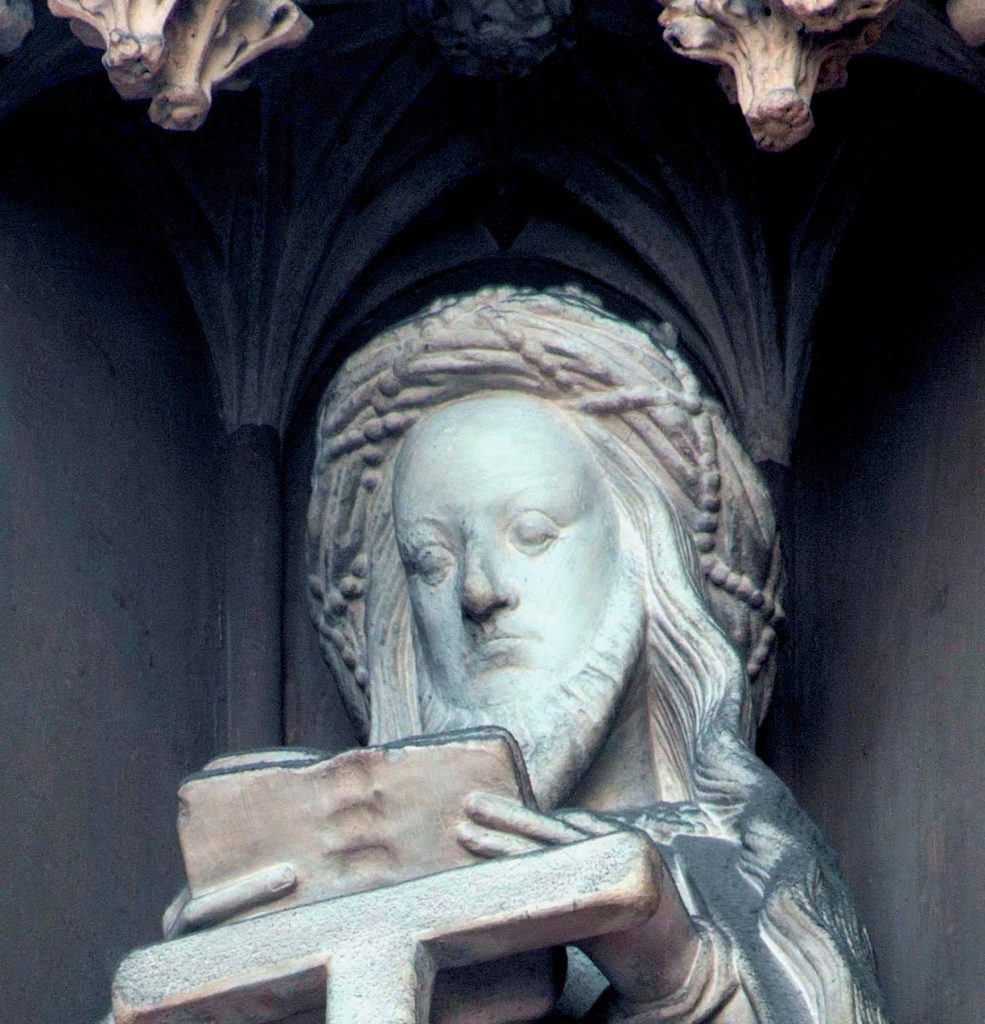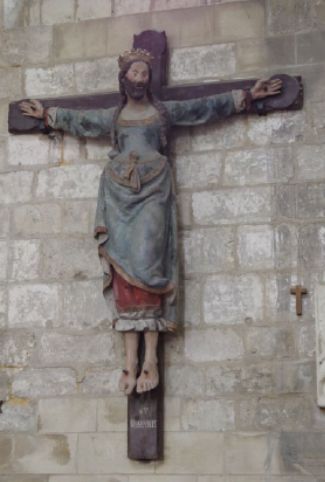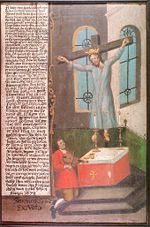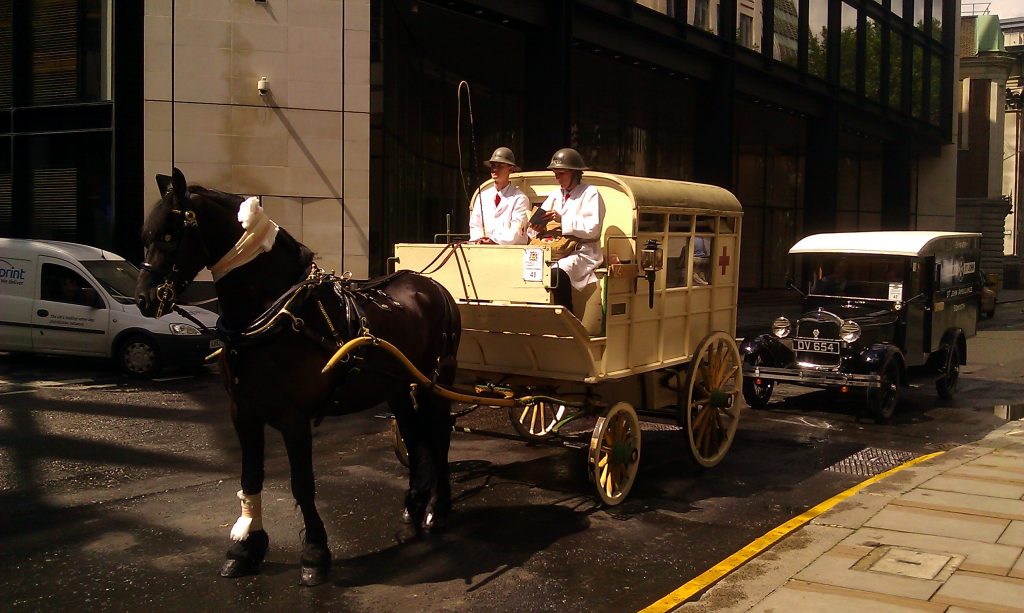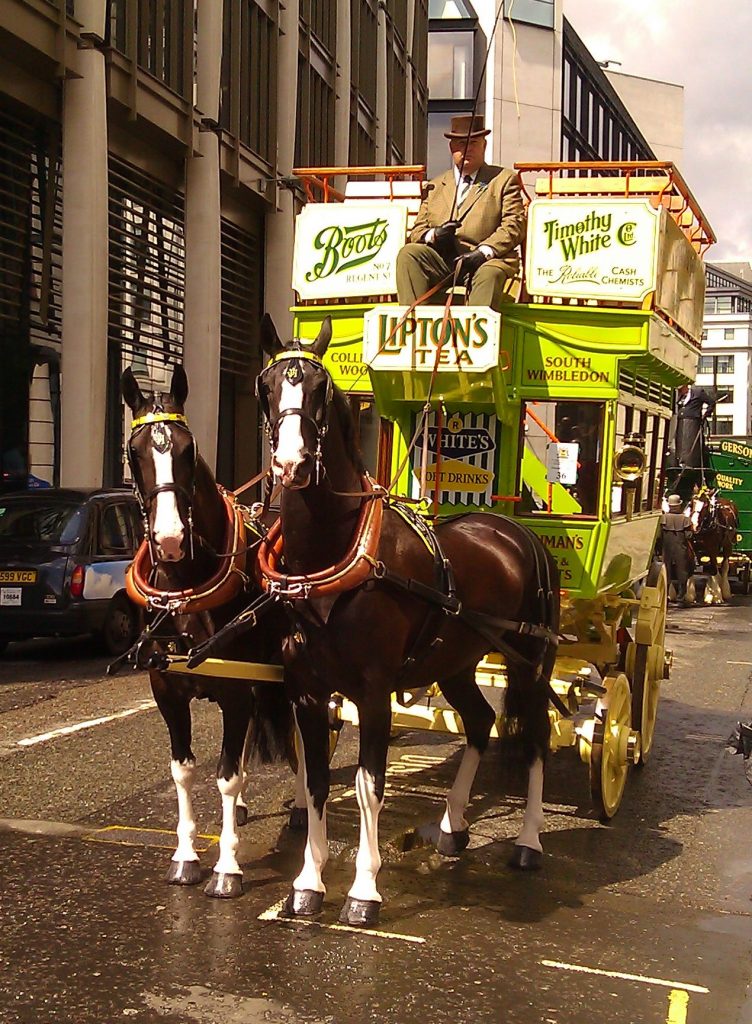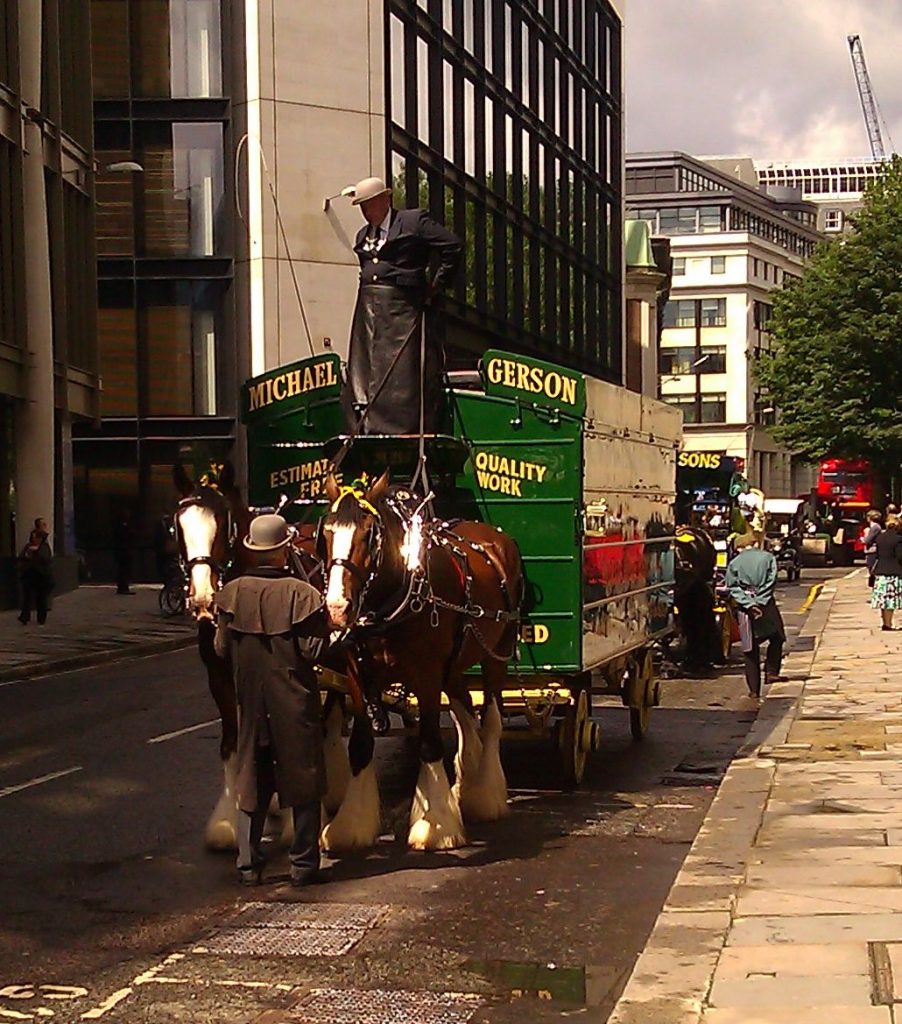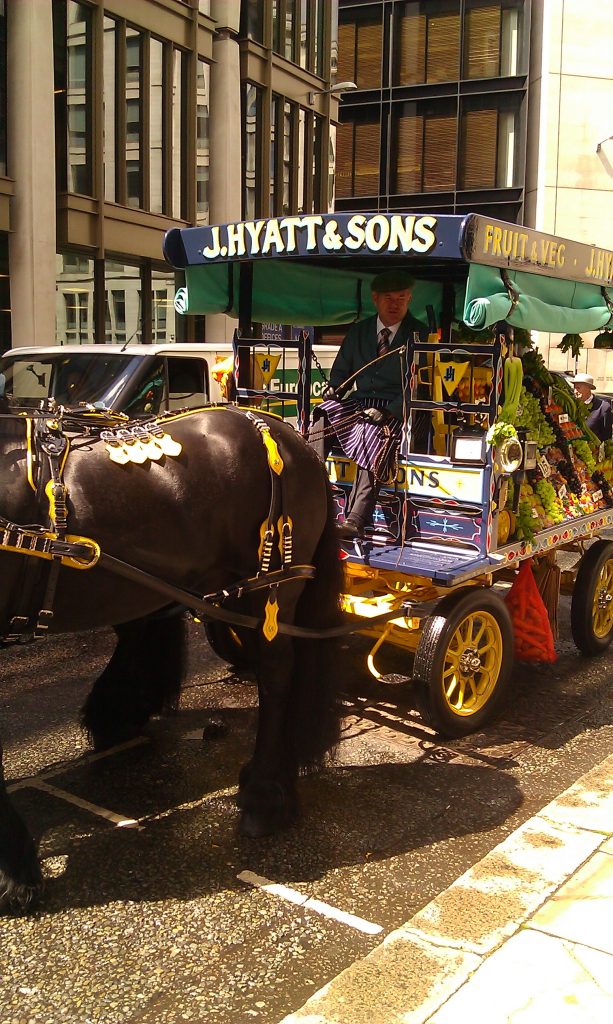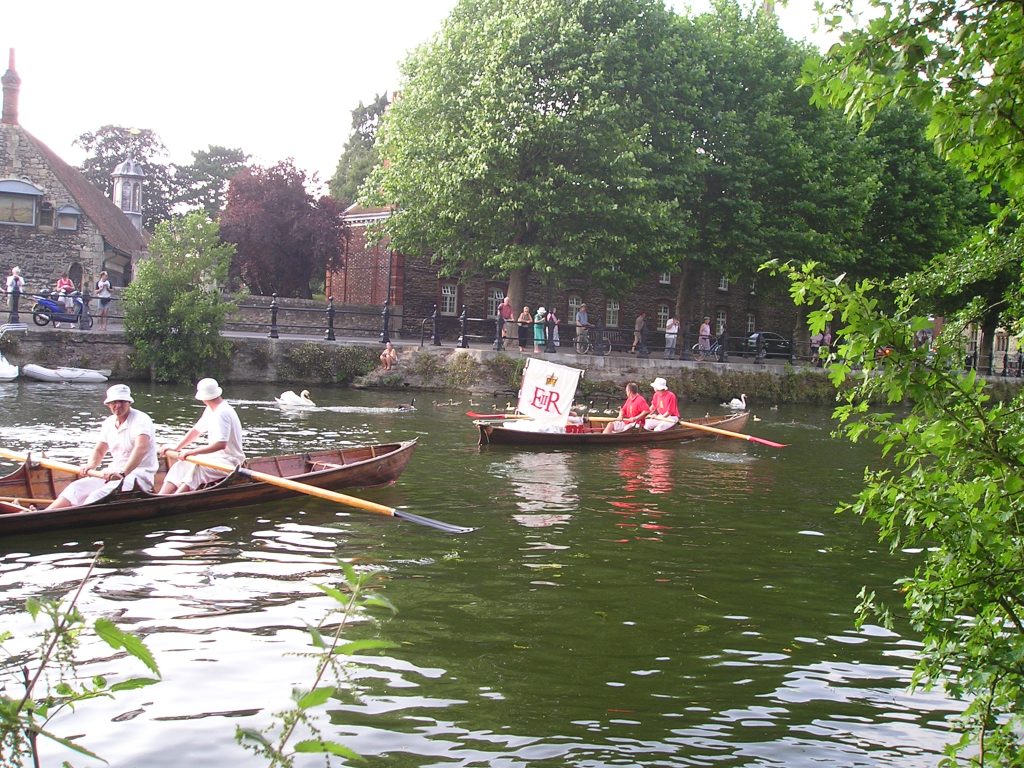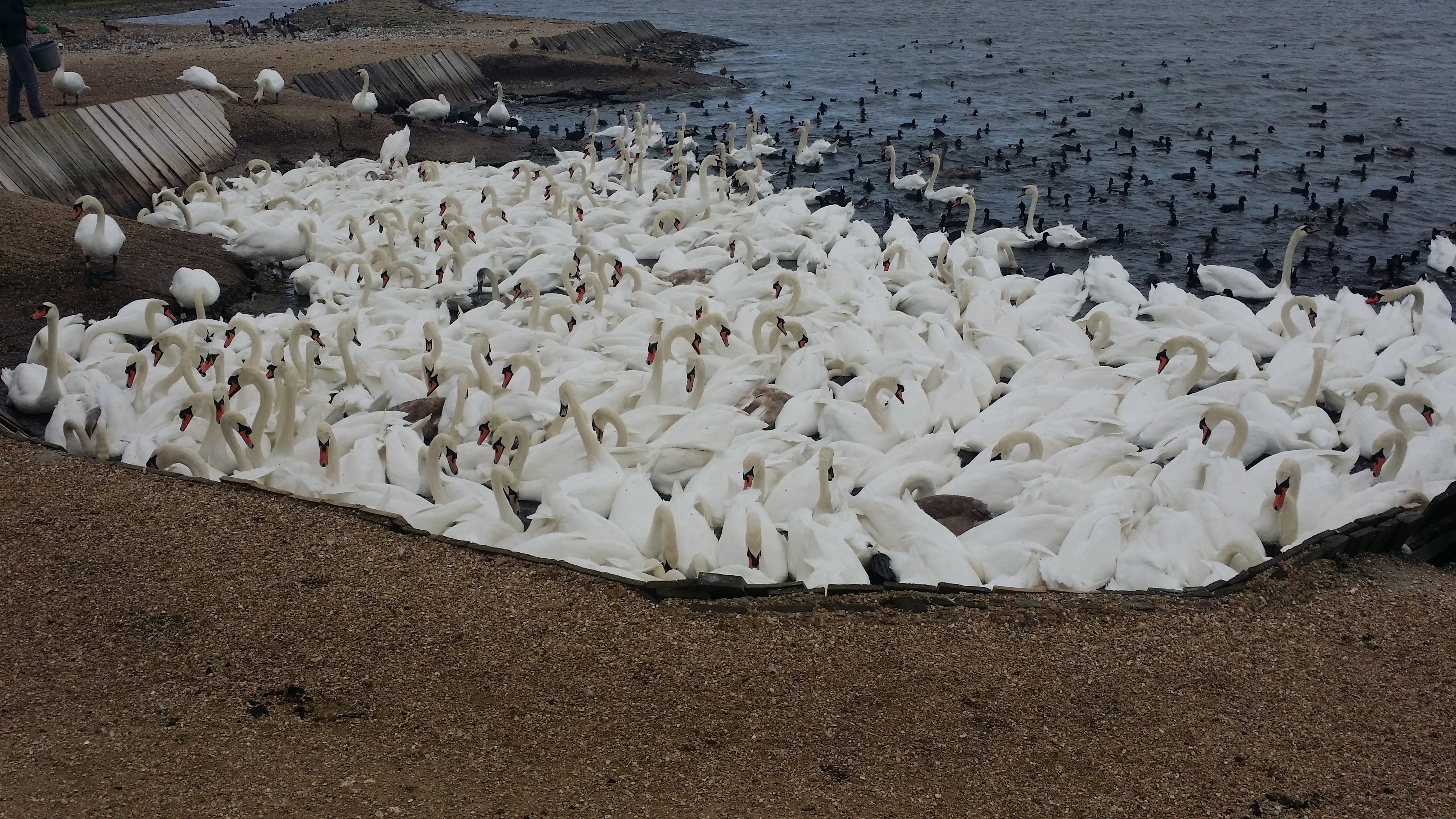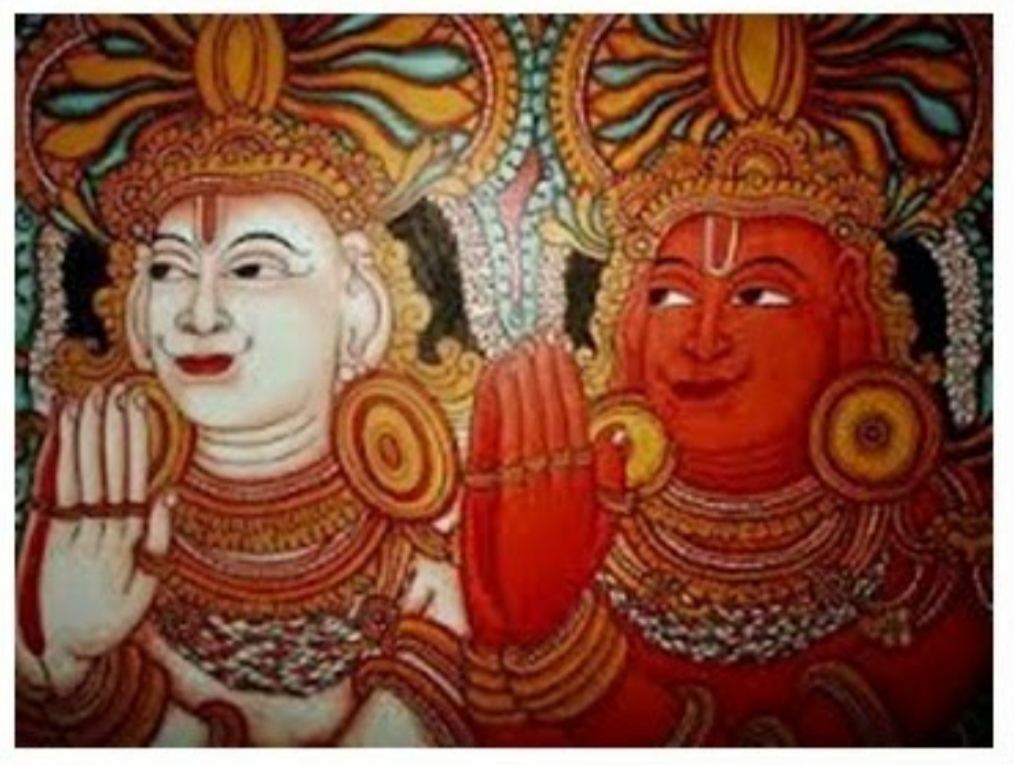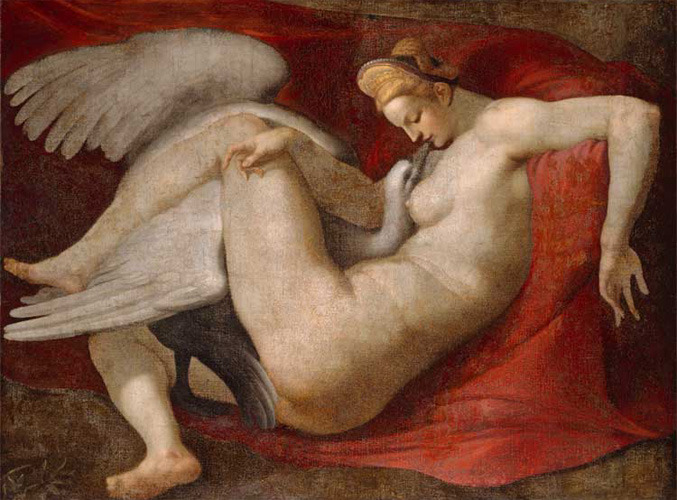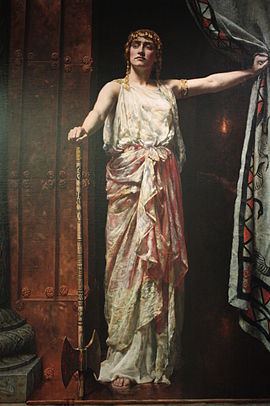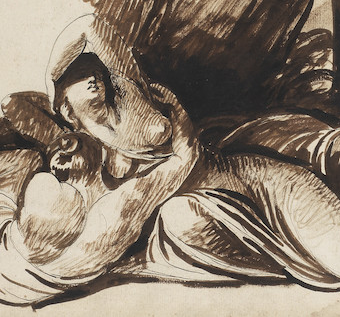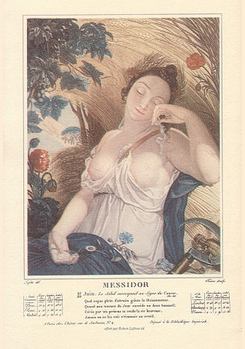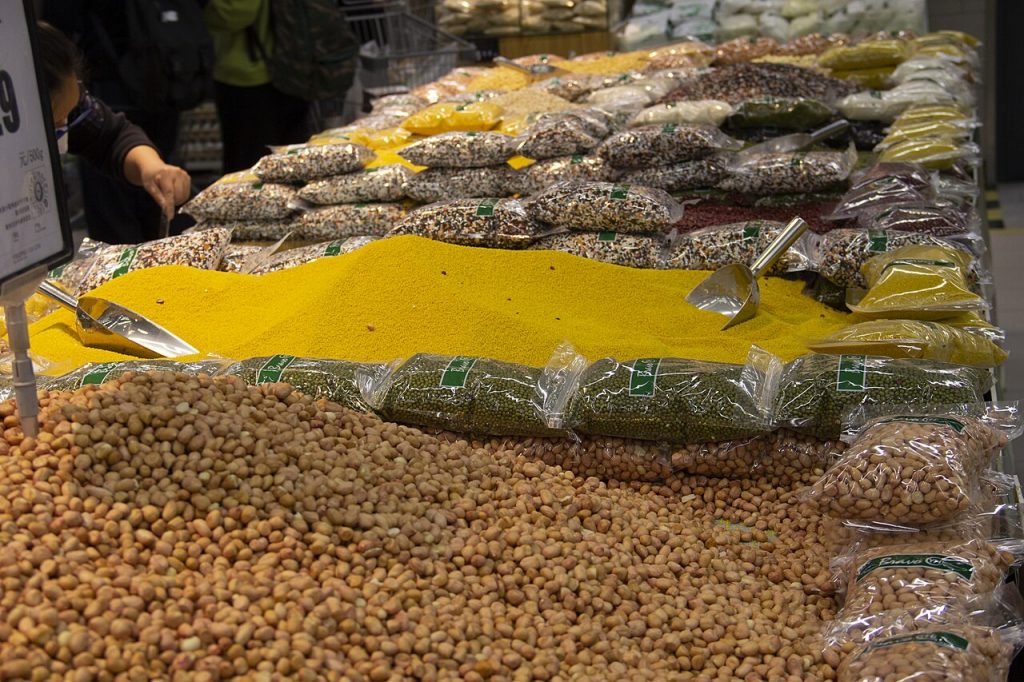
‘This Earl of Oxford, making of his low obeisance to Queen Elizabeth, happened to let a Fart, at which he was so abashed and ashamed that he went to Travel [for] 7 years. On his return the Queen welcomed him home, and said, ‘My Lord, I had forgot the Fart’.’
John Aubrey Brief Lives (1693). From https://en.m.wikiquote.org/
Now, Google AI tells me that:
‘Beans cause flatulence due to the presence of oligosaccharides, a type of sugar that the body struggles to digest. These sugars pass through the small intestine undigested and reach the large intestine, where gut bacteria ferment them, producing gas (hydrogen, methane, and carbon dioxide) as a byproduct. ‘
This is the second time I’ve used AI, the other was to get a short history of ice cream. (Click here to read it).
The Earl of Oxford is, of course, Edward de Vere (1550 -1604). One of the favourites of those who think Shakespeare didn’t write Shakespeare’s Plays. De Vere lived in a big house in Clapton, Hackney. On the other side of Brooke Rd where I lived in the 1990’s. The House was originally called the King’s Place, and had a part in Henry VIII’s reconciliation with his daughter Mary. It came into the hands of Thomas Cromwell, and was eventually bought by de Vere. He died while living there and is buried in the nearby St John’s Church, Hackney. But plans for a grand tomb for him and his wife were not honoured by his heirs, and so his burial plot is not known. The House was renamed Brooke House, after Fulke Greville (Lord Brooke) Poet and courtier who lived here 1609-1628. He was from the Warwick Family. Shakespeare was involved with his relative who enclosed the common land where the Royal Shakespeare Memorial Theatre now is.
Fulke Grenville wrote the first biography of the inventor of the Sonnet, Sir Philip Sidney, his dear friend. The form which Shakespeare used to such good effect in his Sonnets.
Sir Philip Sidney’s sister Mary was a formidable literary star in her own right, completing some of her brother’s work after his death. She ran formidable salons in her houses at Wilton and Baynards Castle (in London). She married the Earl of Pembroke. Their son was William Third Earl of Pembroke who was founder of Pembroke College with James 1st and the Chancellor of Oxford University. But also he and his younger brother, Philip were the “incomparable pair of brethren” to whom the First Folio of Shakespeare’s collected works was dedicated in 1623.
Quite some literary nexus at Brooke Road, Clapton. De Vere himself was part of this world. Considered one of the best Court Poets, Playwrights anf a patron of the arts. He was also a champion jouster. Not only was he from one of the oldest families but he was a ward of Queen Elizabeth I and married to Lord Burghley’s daughter. He was evidently charming. But also murderous as he got involved with various fatal street battles with his enemies in London. His career was up and down and full of crises. He was involved with the Boy Companies that acted in the old Blackfriars friary.
There seems to have been an attraction to Catholicism, but he accused Arundell and Henry Howard of involvement in Catholic plot. They counter claimed he was guilty of
‘atheism, lying, heresy, disobedience to the crown, treason, murder for hire, sexual perversion, habitual drunkenness, vowing to murder various courtiers, and criticizing the Queen for doing “everything with the worst grace that ever woman did.
They claimed he was guilty of
‘serial child rape, claiming he’d abused “so many boyes it must nedes come out. Detailed testimony from nearly a dozen victims and witnesses substantiated the charge and included names, dates, and places. Two of the six boys named had sought help from adults after Oxford raped them violently and denied them medical care.’
(Quotations from Wikipedia)
None of the three suffered from these mutual accusations.
And I began this piece wanting to talk about the humble bean!
There is much more to say too, about Brooke House, De Vere and the Sidney’s.
But enough for now.
First Published 27th July 2025


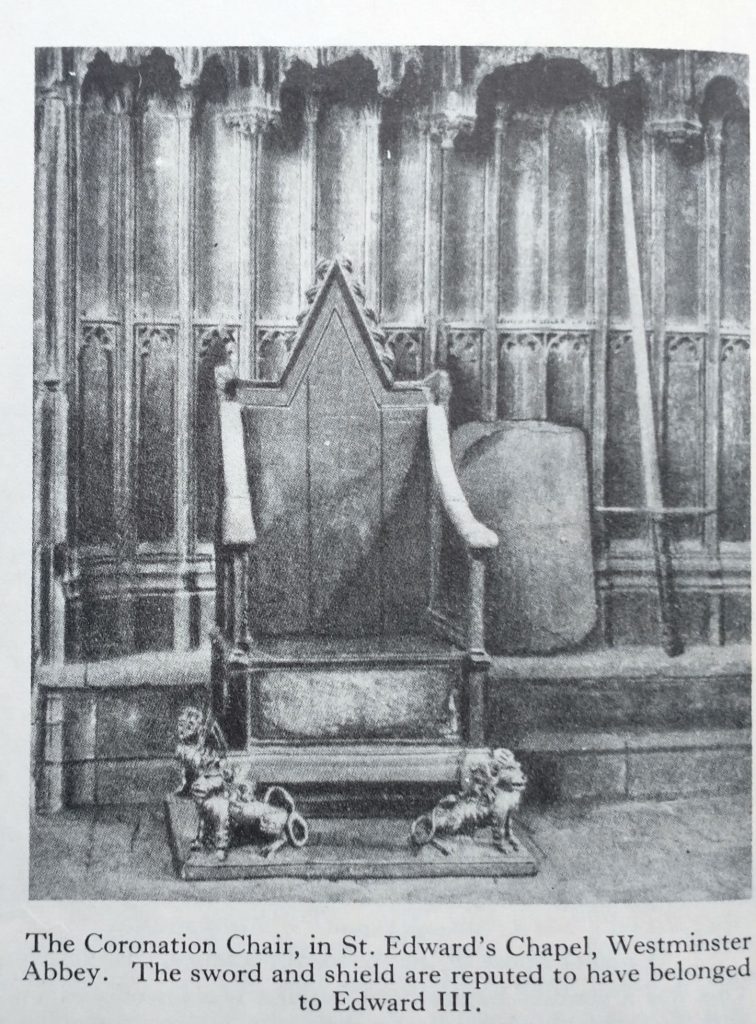
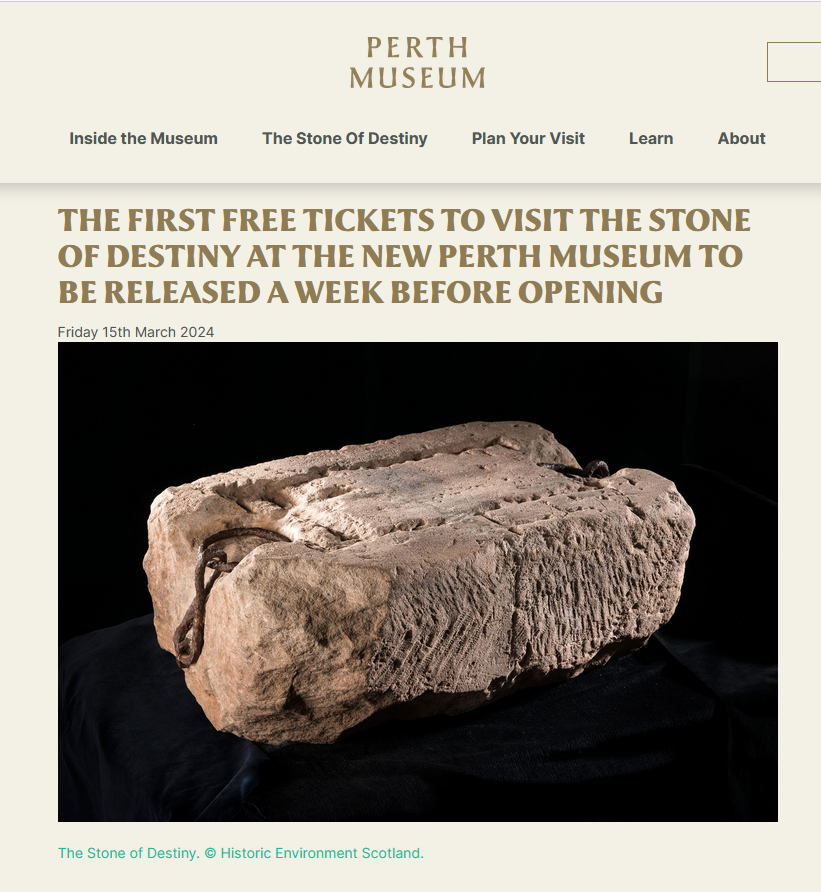
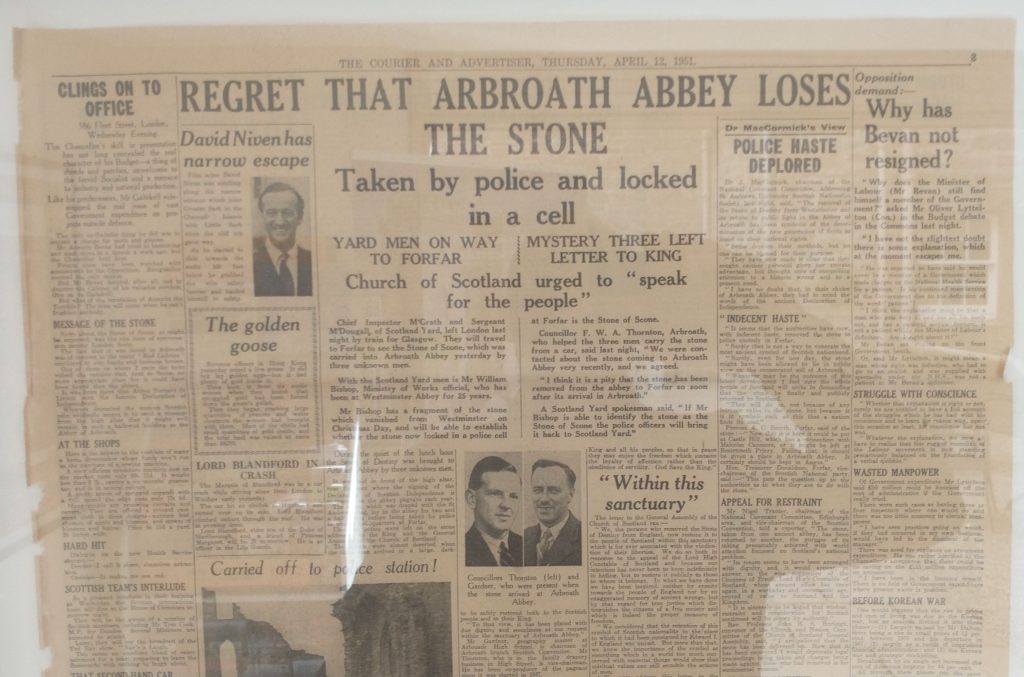


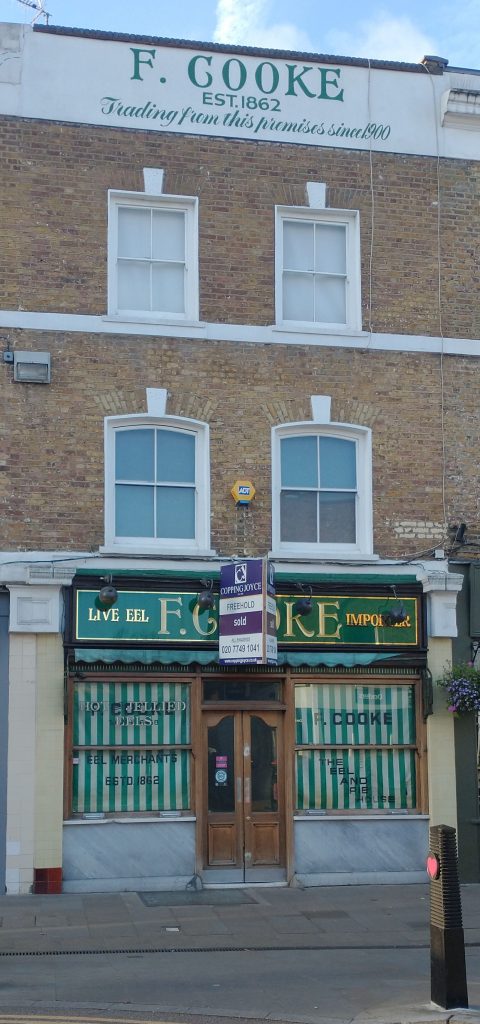
![By JanesDaddy (Ensglish User) - English Wikipedia - [1], CC BY-SA 3.0, https://commons.wikimedia.org/w/index.php?curid=1663124](https://www.chr.org.uk/anddidthosefeet/wp-content/uploads/2023/11/1280px-Eels_1385-1024x768.jpg)
